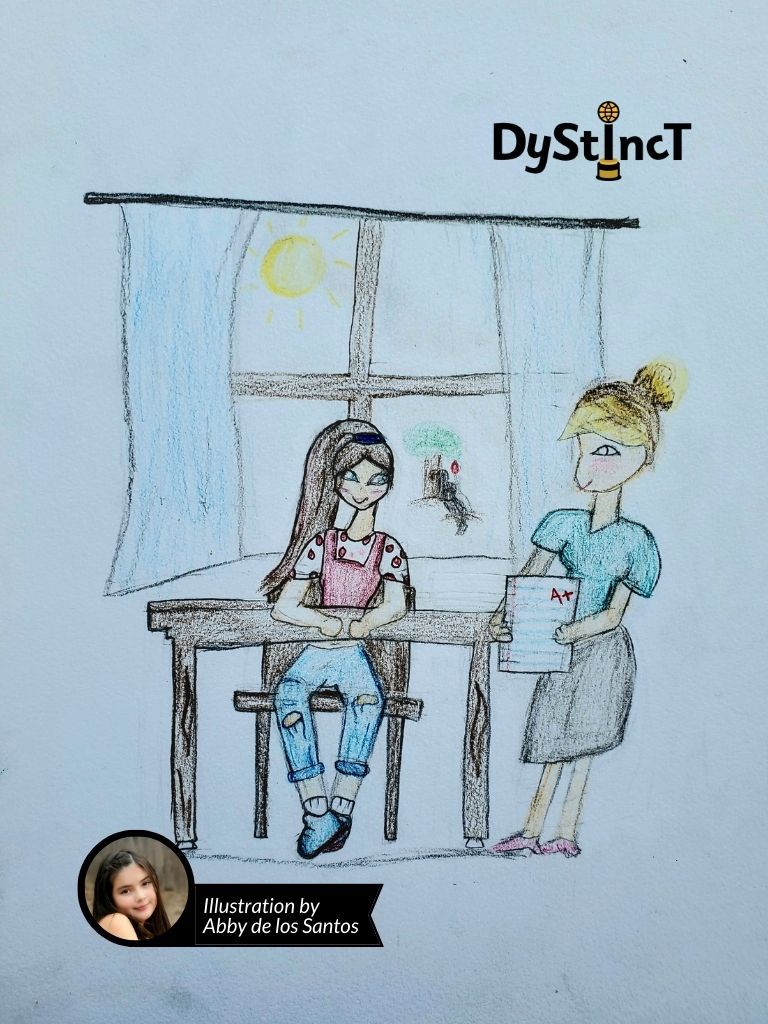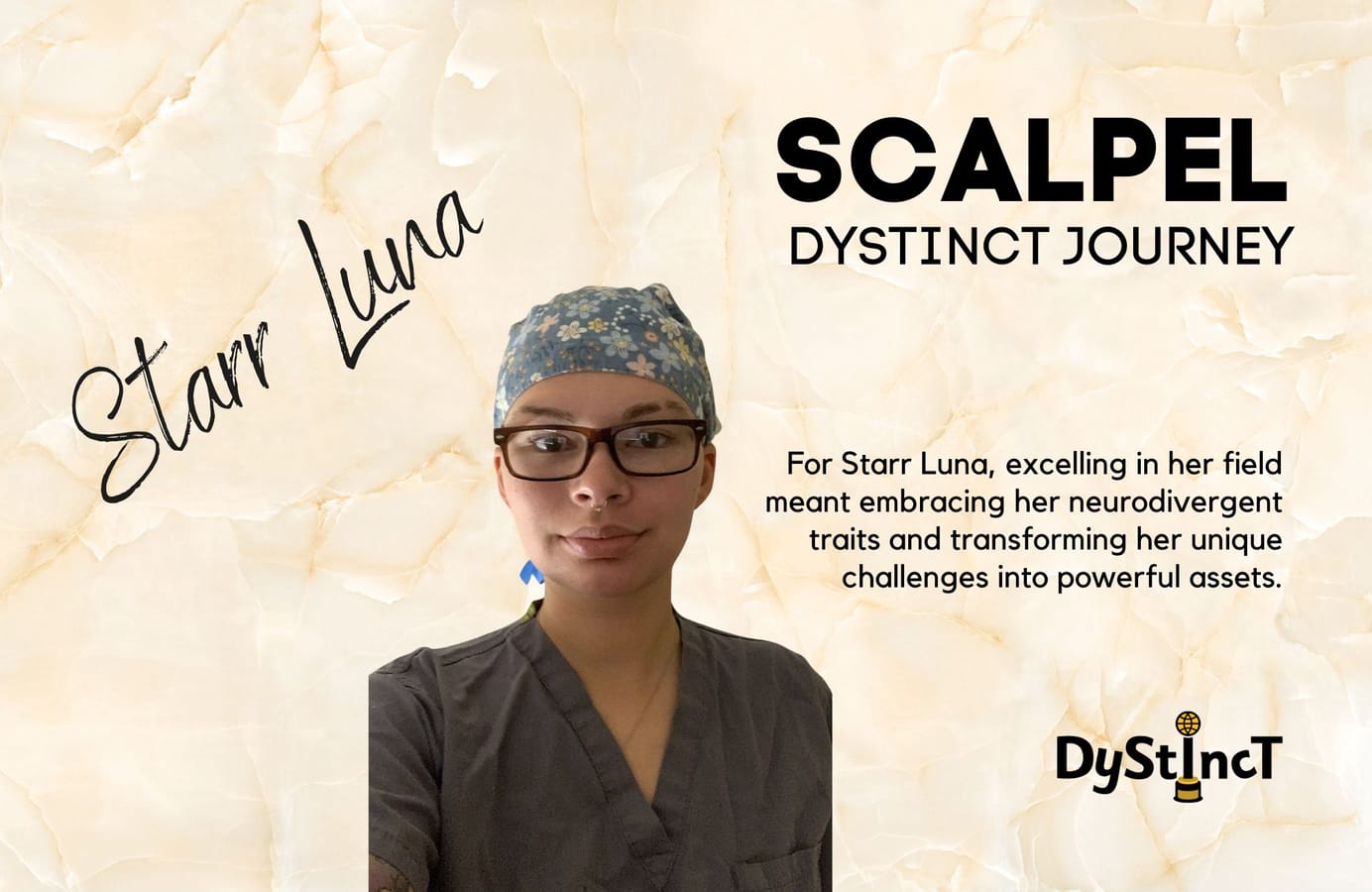
Issue 12: Dyslexia Through a Family Systems Lens | Dr Brent Moore
Dr Brent Moore demonstrates how a dyslexia diagnosis not only impacts the person diagnosed but alters the dynamics of their family system and suggests strategies from the family systems theory to influence the stability or growth of the entire system positively.
Human relationships are complicated, as are the variables governing them. I have sat with countless couples and families for counseling. Their presenting concerns have covered a broad range of issues, many of which involve specific events leading to distress. Over the years, researchers have tried to capture the psychological impacts of various events, even to the point of rating them by severity. We all respond to events differently because of our uniqueness and contextual variance. Nevertheless, stressors, by definition, will stress. When a family member is identified as being dyslexic, a natural inclination is to find a remedy immediately. Less often considered is how the dyslexia diagnosis will impact the family system.
Academic literature reveals that reading and spelling difficulties negatively impact family relationships. As the parent of a dyslexic child, I am keenly aware of the distressful variables that accompany the diagnosis. I have seen firsthand the potential negative impacts on self-esteem, confidence, and perceived coping abilities. Watching your own child struggle academically may conjure up personal memories from school. It may also highlight areas for improved communication between parenting partners. Whatever the case, dyslexia does not exist in a vacuum. Systems are impacted. Perhaps no system is more consequential than the family system.
DYSLEXIA DOES NOT EXIST IN A VACUUM.
FAMILY STRUCTURES ARE FLUID, THEY CONSTANTLY CHANGE.
Foundational to understanding family systems is a solid conceptual framework. Structure involves the arrangement, organization, and maintenance of family members at a given point in time. As you can imagine, family structures are fluid, meaning that they constantly change. Processes include the way that families adapt and change with time.
Consider family structure and processes in the case of birth. When a baby is born into a family, the result is more complex than simply adding a new member. The whole system must change and orient, which leads the family to become a new structure. Family structure is continuously being shaped, as are the interactions between family members.
While struggles related to dyslexia directly impact the person involved, the rest of the system (structure) must adapt and change (process) to remain healthy. Parents or caregivers, as well as siblings, inevitably interface with dyslexia symptoms in various ways. The encouragement here is to think about ways that symptoms, which in some cases manifest perceived deficits in competencies, acceptance, appearance, conduct, and general self-worth, impact various system parts. Individualistic cultures tend to have more difficulty with this task than collectivist ones. When a child is diagnosed with dyslexia in an individualistic culture, the tendency of the system is to solely target the diagnosed individual.
A family systems perspective helps by highlighting dynamics that reach beyond the individual. Families are comprised of subsystems, which are organized within the family system to serve independent functions as well as specific roles for the task of the whole system. Subsystems are comprised of many different combinations of individuals within the family. The longest-lasting subsystems are spousal, parental, and sibling.
In the case of a dyslexia diagnosis, many families will rightly search for structured literacy programs that explicitly teach systematic identification and decoding strategies. Prior to the search, there must be an allowance of information flow to and from outside the system. This is called an open system. Boundaries must be permeable enough to seek assistance. The findings from one research study show that 93% of parent respondents of children with dyslexia want more information about dyslexia (#1). Beyond searching for learning instruction, the research suggests that people long for more information.
Family systems theory offers a unique perspective that moves beyond “dyslexia as presenting problem.” The family systems approach will recognize the roles that each family member plays as this specific learning disorder changes over time. For example, consider how the following comments serve to reinforce the nature of subsystem relationships between a dyslexic person and the individual involved.
Dad’s insensitivity only regards his personal perspective. This might be a sign that he can be overly critical. Taken to an extreme, some subsystems can involve rejection. Relationships can also involve closeness and distance or conflict. The dad’s comments could lead to conflict in the relationship. That conflict might also be extended to the mom, who seems to be close with the dyslexic child. Her comment attempts to salvage the damage done by dad but also exemplifies “all-or-nothing thinking.” The sister also typifies dynamics that can be hurtful, leading to a conflictual relationship. If these exchanges occur sequentially, the brother might be seen as a distractor.
A hallmark of family systems thinking is that we not only think of subsystems as dyads (as above) but also as triads. The number of permutations grows when we think about all the different possible combinations of family members. How does the system perform when the dyslexic child is teamed up against the brother and sister? What happens if the mom is overinvolved in the dyslexic child’s life because the dad is not meeting her needs? What if she aligns more closely with the child than her marriage partner? Triads are referred to as triangles in systems language.
If discord plays out within a dyad, a third party might be drawn into the drama to take a side. Triangles are natural occurrences. We should be observers of how they influence thoughts, feelings, and behavior. Because triangles often repeat with different players over time (with a person maintaining his or her position in the triangle), the stakes are high to protect our children.
Reflect on the ways that others may impact dyslexic children to alter their mood or self-worth. This could include teachers, students in class, or friends. Even cultural attitudes and ideologies play a role in one’s development. These influences will indefinitely impact family processes. Like a ripple in water, families will feel the brunt of a child’s fluctuations in mood and self-worth. To what degree will they be attuned? Ignored?

This post is for paying subscribers only
SubscribeAlready have an account? Log in


